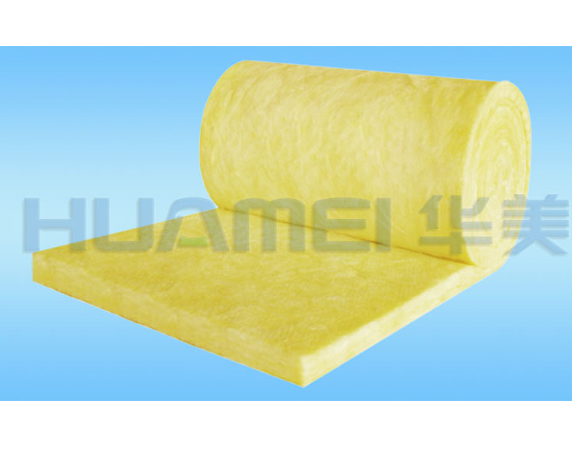E-mail: marketing@hbhuamei.com
Glass wool insulation
Light, thin and environment-friendly, glass wool products offer very efficient solutions for insulation.
As a glass wool manufacturer, Manufactured by Huamei for many years, glass wool has proven to be an excellent insulator.
Huamei group pay attention to Strengthen management system.HUAMEI has passed ISO 9001:2015 international quality system certification, ISO14001:2015 environmental management system certification, OHSAS18001:2007 occupational health and safety management system certification and ISO 50001:2011 energy management system certification. Meanwhile,HUAMEI always put a high value on quality products.
Glass wool, also known as fibreglass, is considered to be one of the most effective and environmentally friendly insulation products available. The excellent thermal properties help you save energy and lower your environmental impact. The porous, elastic structure provides effective acoustic attenuation at operating temperatures up to 300°C.
The small air pockets in the glass wool keep heat loss to a minimum to maintain the right temperature across the building or installation.
The unique internal micro-structure comprising long interwoven fibres ensures high levels of sound absorption.
Incombustible by nature, glass wool doesn’t fuel fire or propagate flames.
Glass wool fibres are safe to manufacture, install and live with. They are certified as biosoluble by health authorities at an international level.
Compressed into rolls and sheets, glass wool is easy to handle, store, transport and install.

The wide range of Huamei glass wool products is designed to meet demanding requirements in terms of thermal and acoustic insulation, as well as fire safety and ease of installation.
Glass wool insulation products can be applied in multiple areas, from ducts and pipes to walls. Although most commonly used for ceilings in residential buildings, fibreglass is also a very effective insulator in technical insulation applications :
HVAC and Air-conditioning system insulation
Pipe insulation
Industrial insulation
Marine and offshore insulation
Automotive, trains and other transport insulation
Household appliances (cooking ovens insulation)
High-temperature insulation
High-performance soundproofing
1. Batch: the sand, soda ash, limestone and recycled glass are stored in silos. The materials are then weighed, mixed and poured into a furnace.
2. Melting: The mixture is melted at a temperature exceeding 1,400°C in an electric or gas furnace.
3. Fiberizing: The liquid glass passes via a feeder into a fiberizing machine. It is propelled through tiny holes by a centrifugal spinner to create fibres. These are then sprayed with a binder and shaped into a blanket.
4. Forming: The blanket passes through a curing oven. During this process, the blanket can be compressed to achieve the final thickness.
5. Cutting: The blanket is cut to the required width. Off-cuts are recycled. A facing may be glued to the blanket.
6. Packaging: The end of the line is usually equipped with a rolling machine format and a stacking machine for boards.
7. Palletization: The glass wool can be compressed to up to a tenth of its volume. A total of 36 rolls of glass can be packed onto a single pallet.
Copyright © Huamei Energy-saving Technology Group Co., Ltd. All Rights Reserved | Sitemap | Privacy Policy
Insulation solutions LIST: Insulation solutions LIST